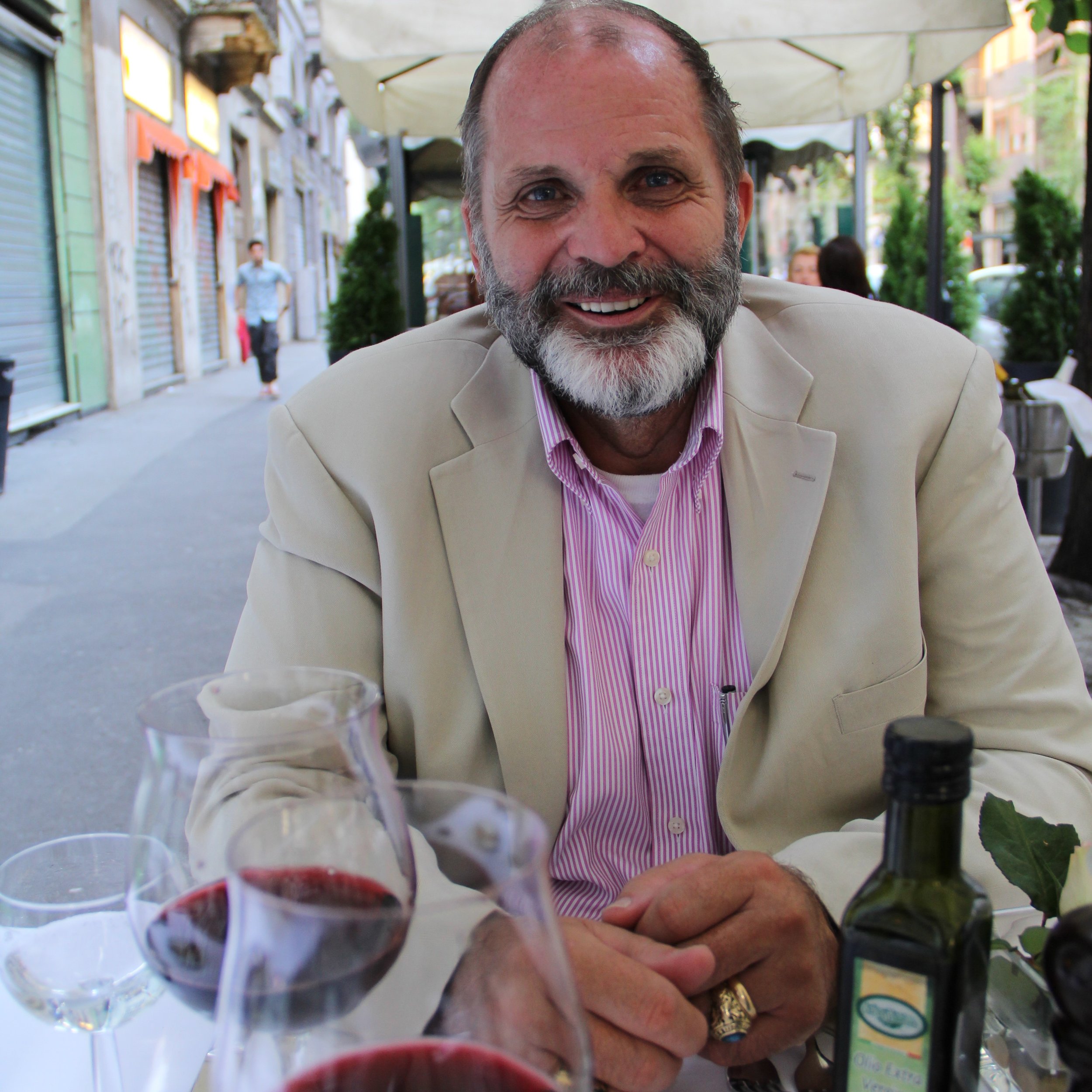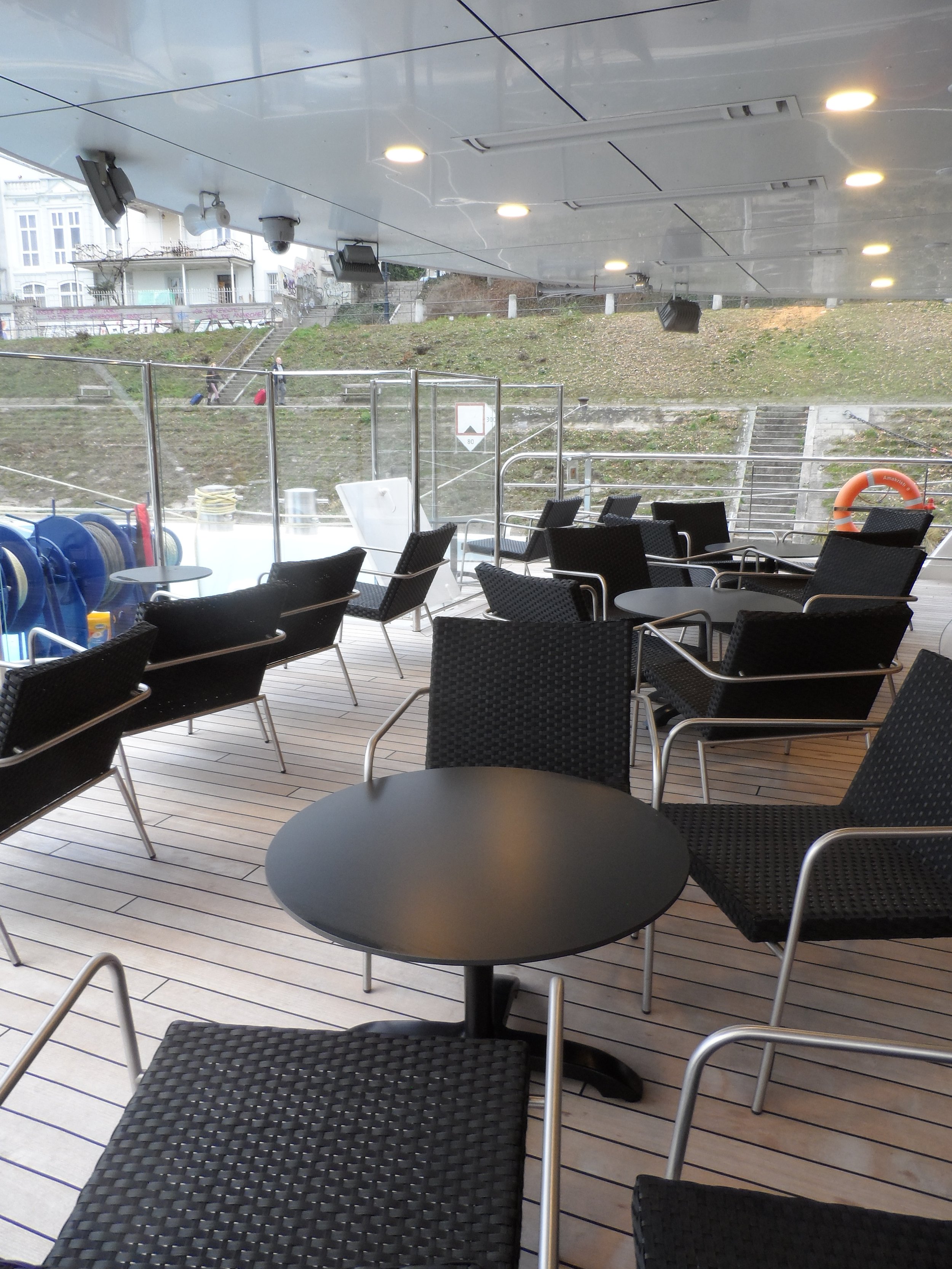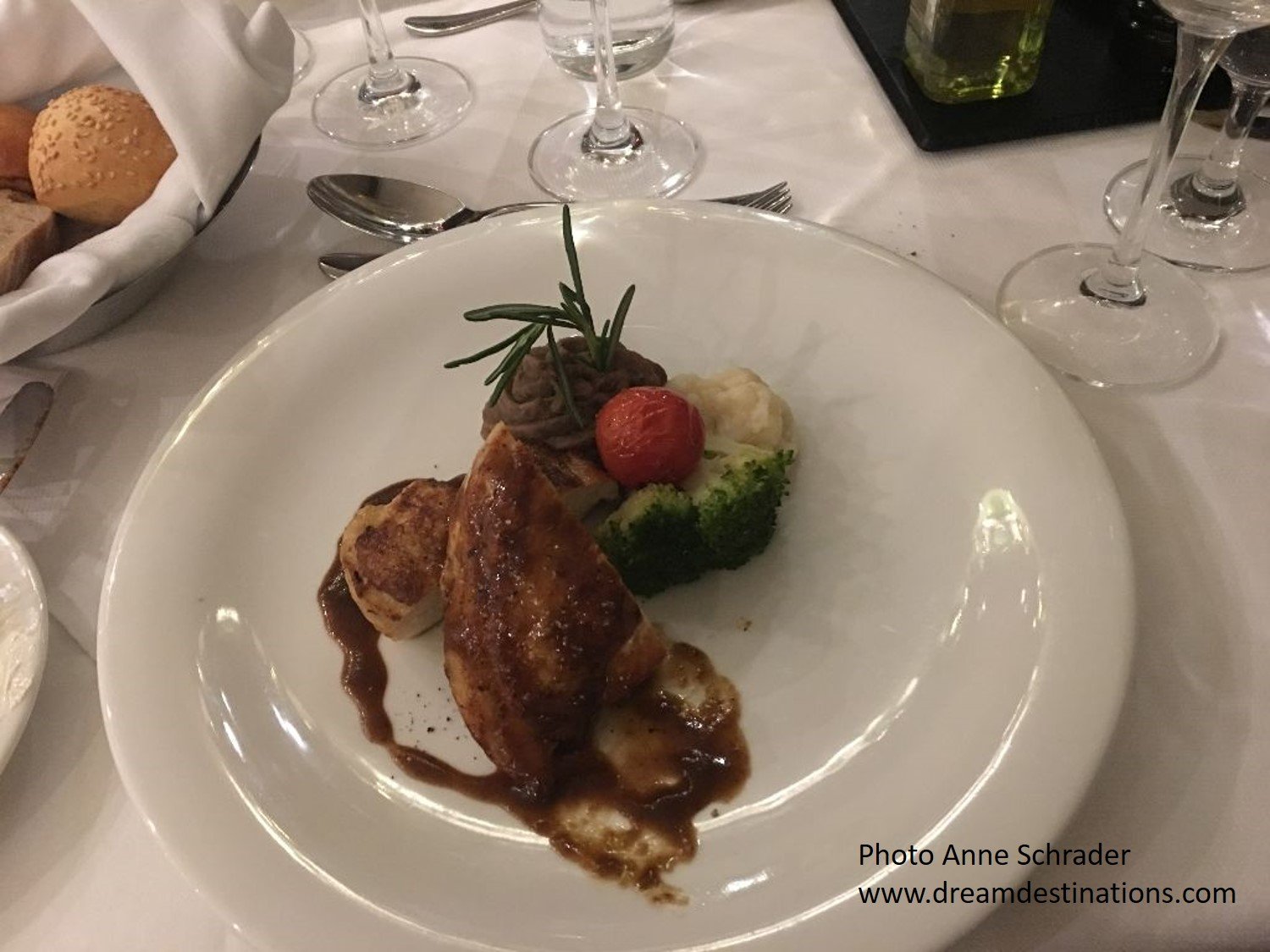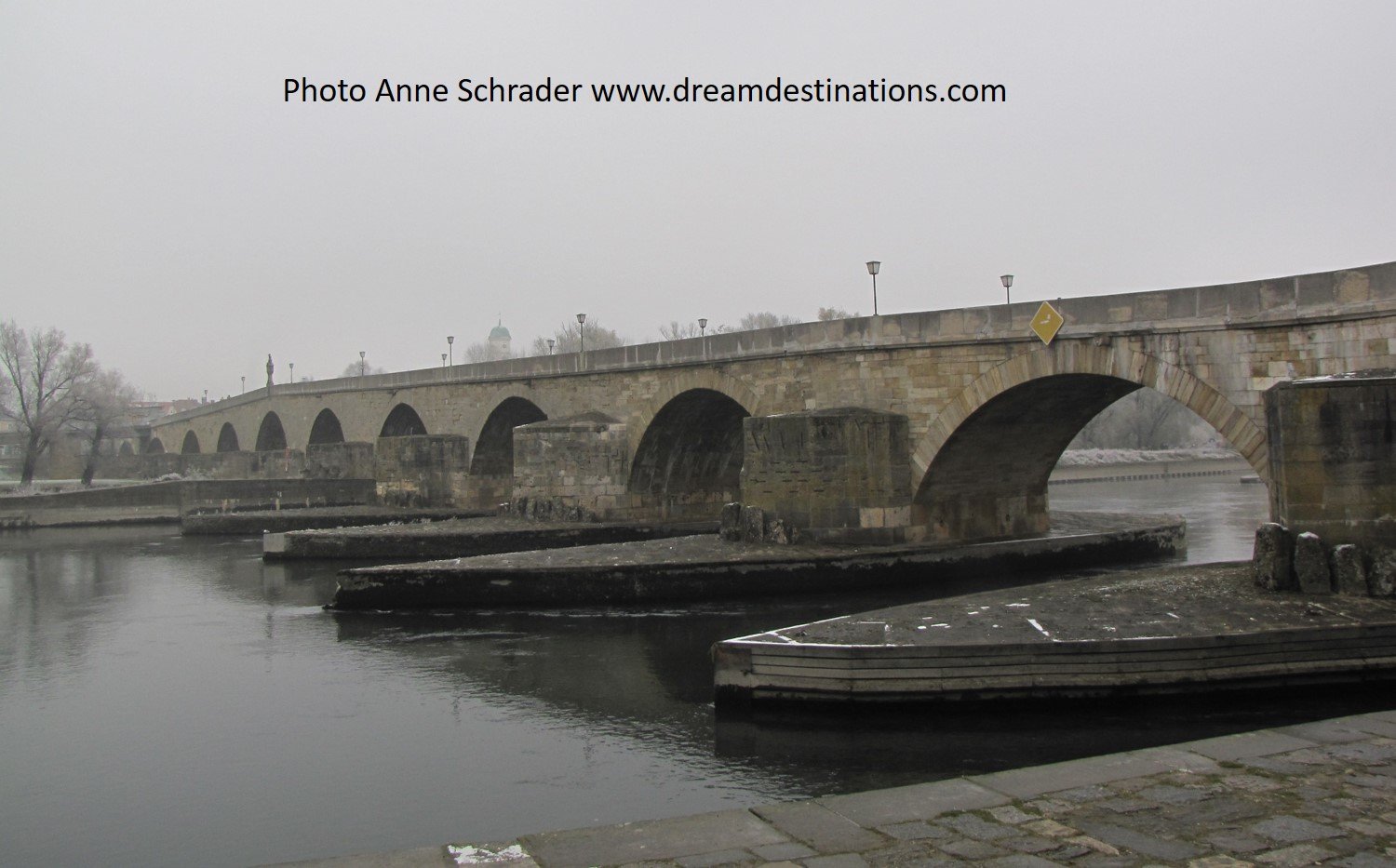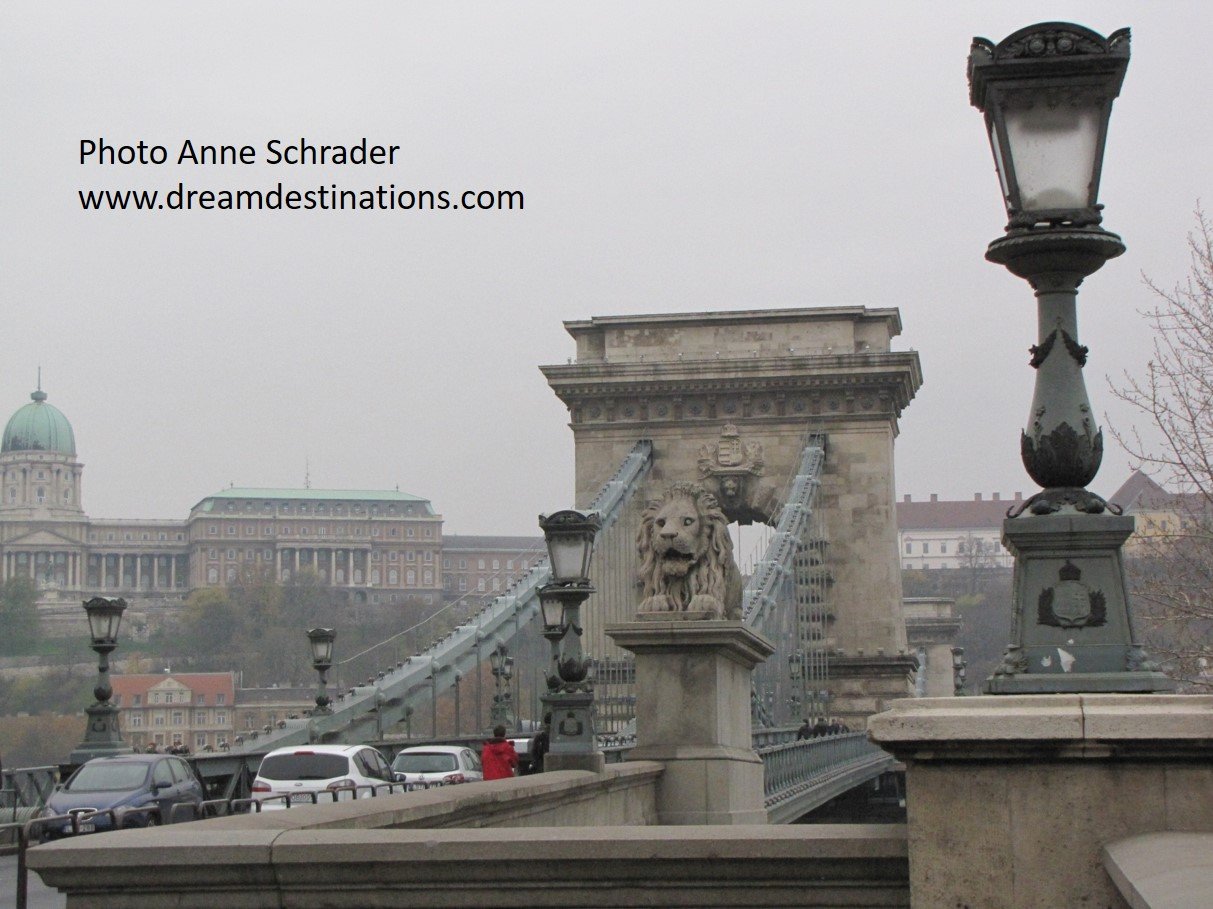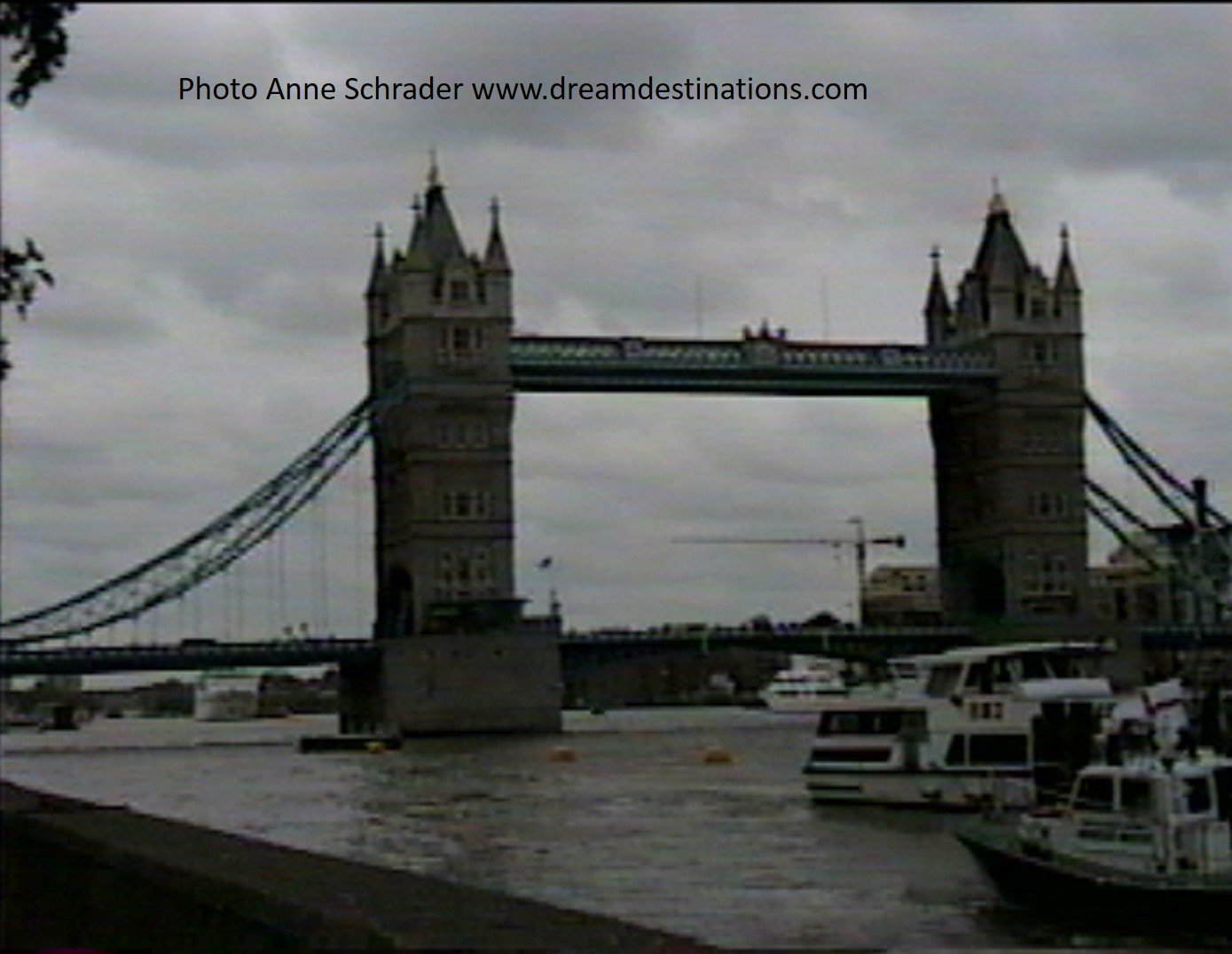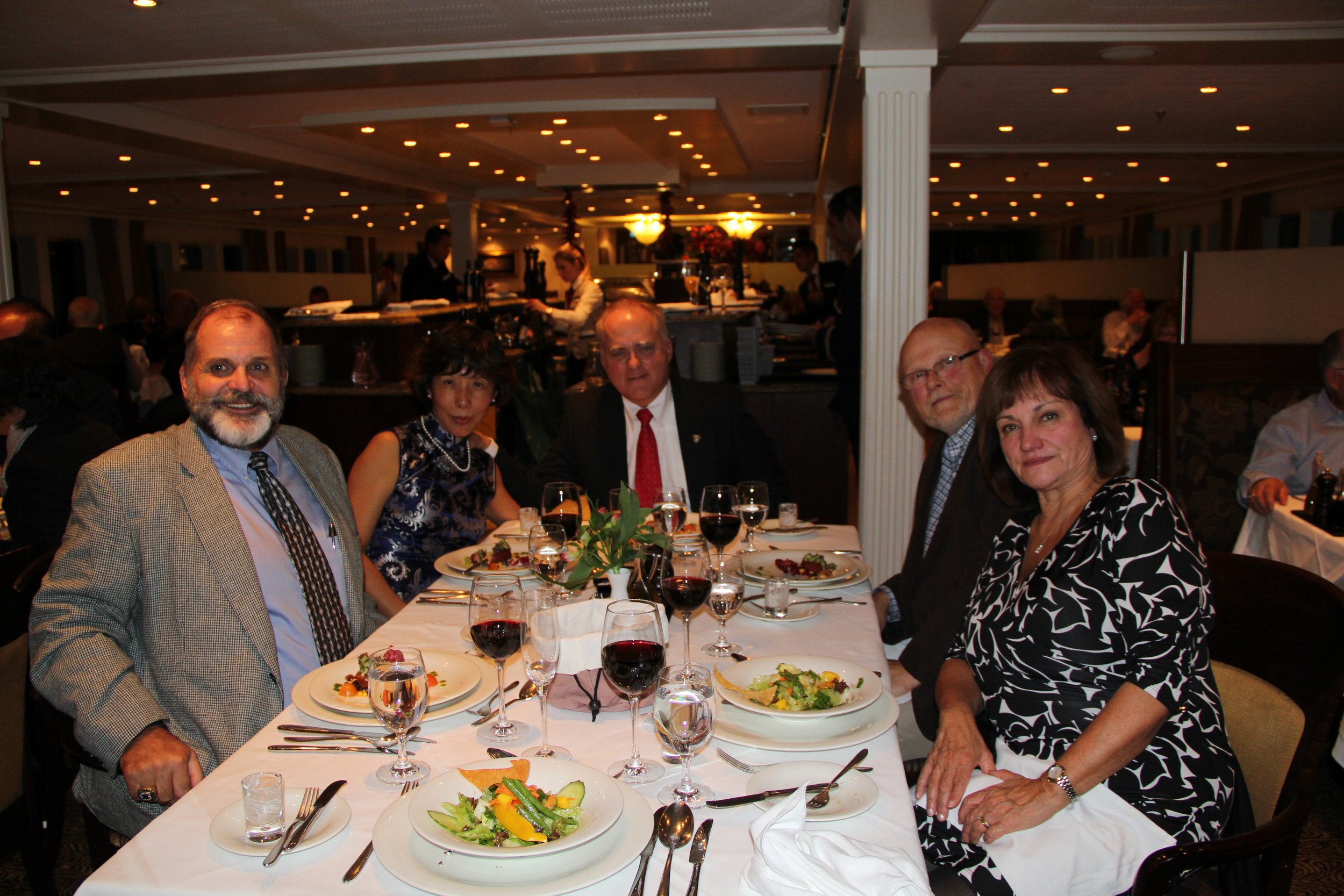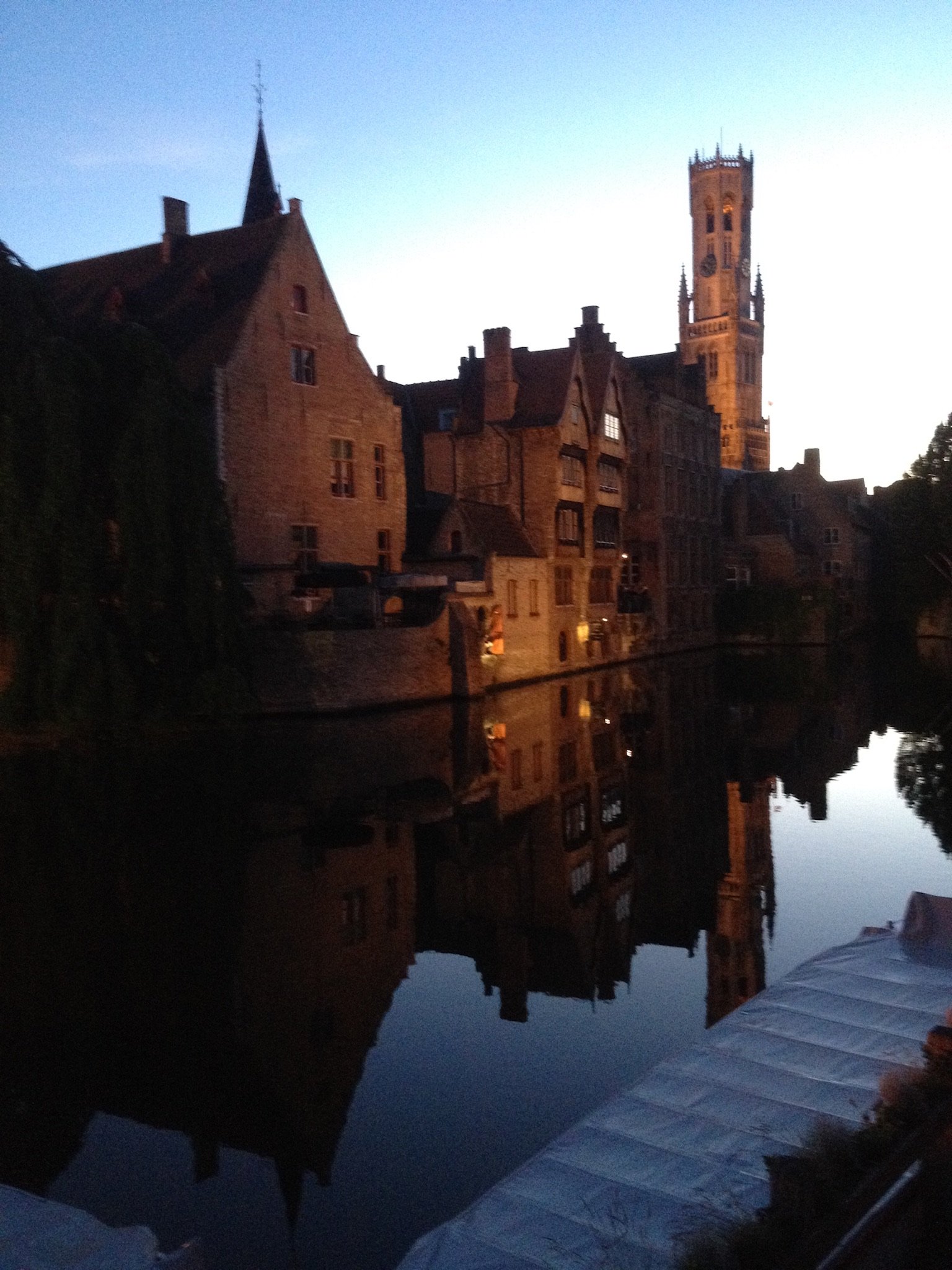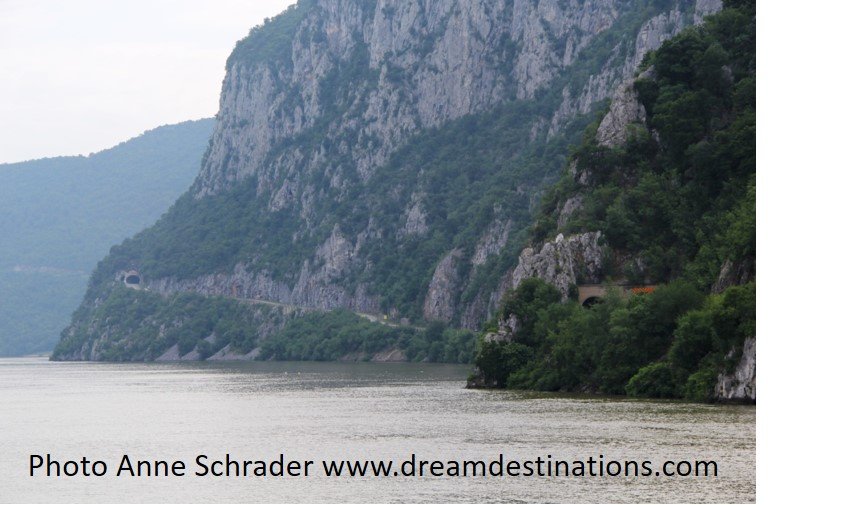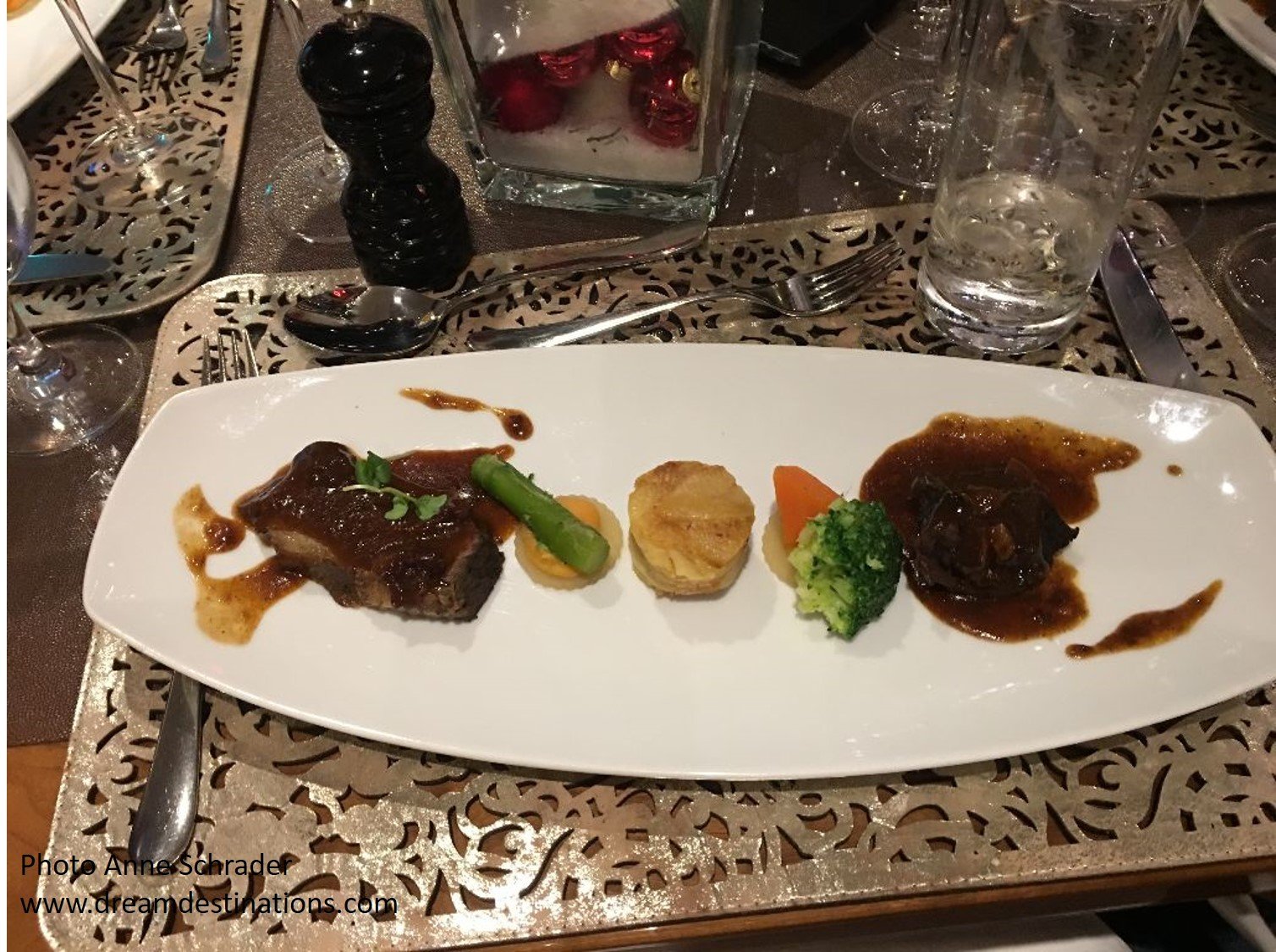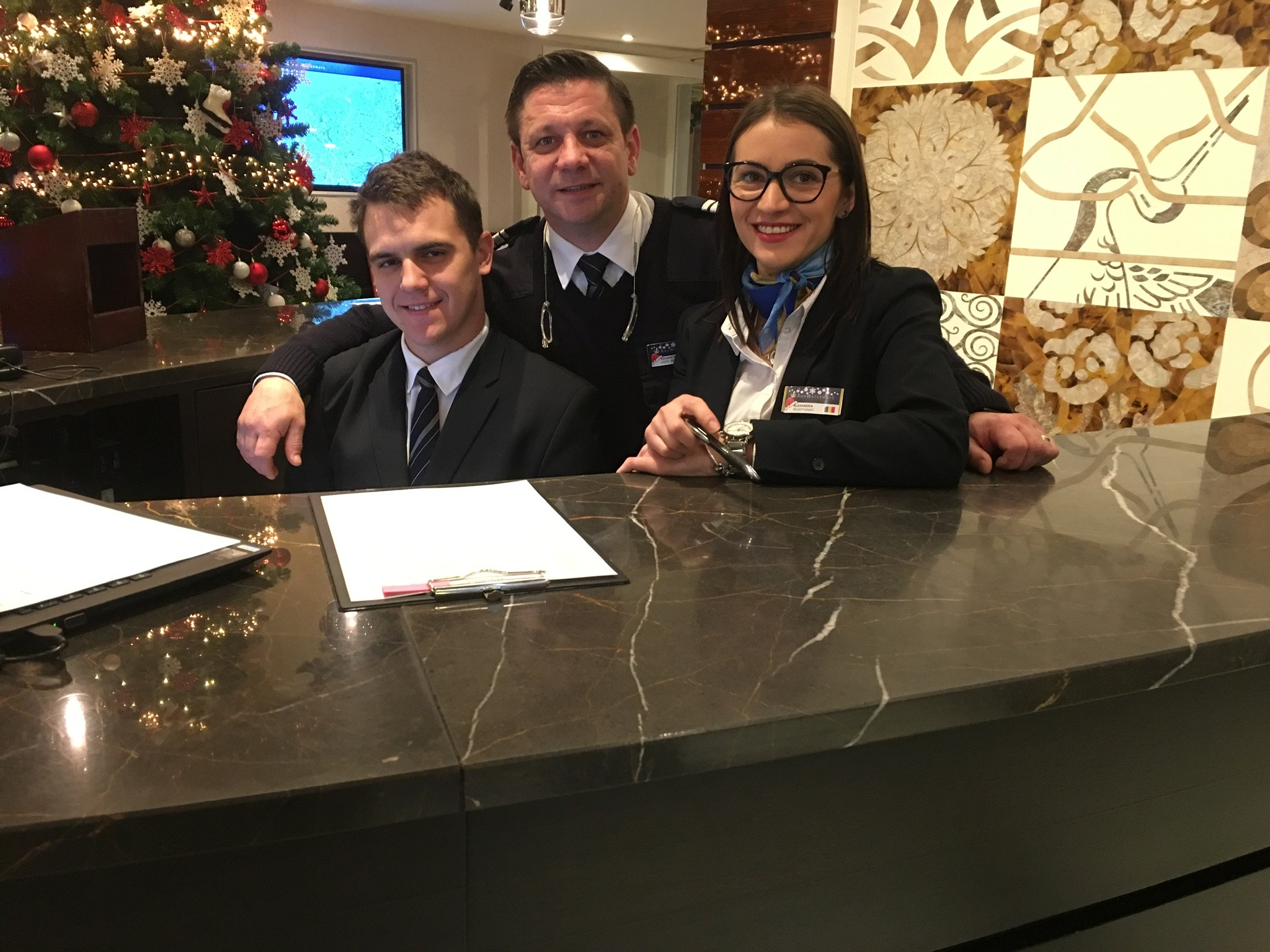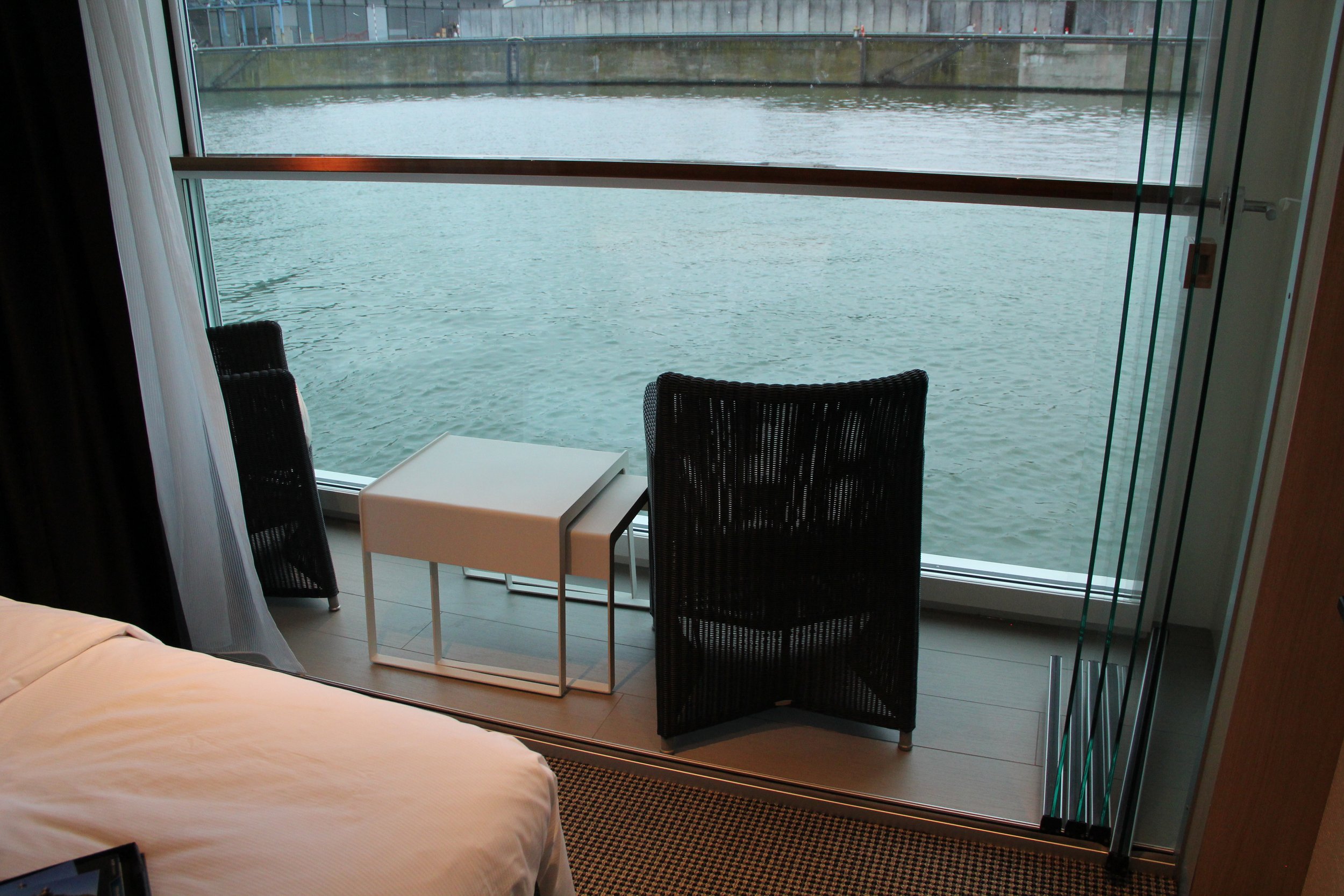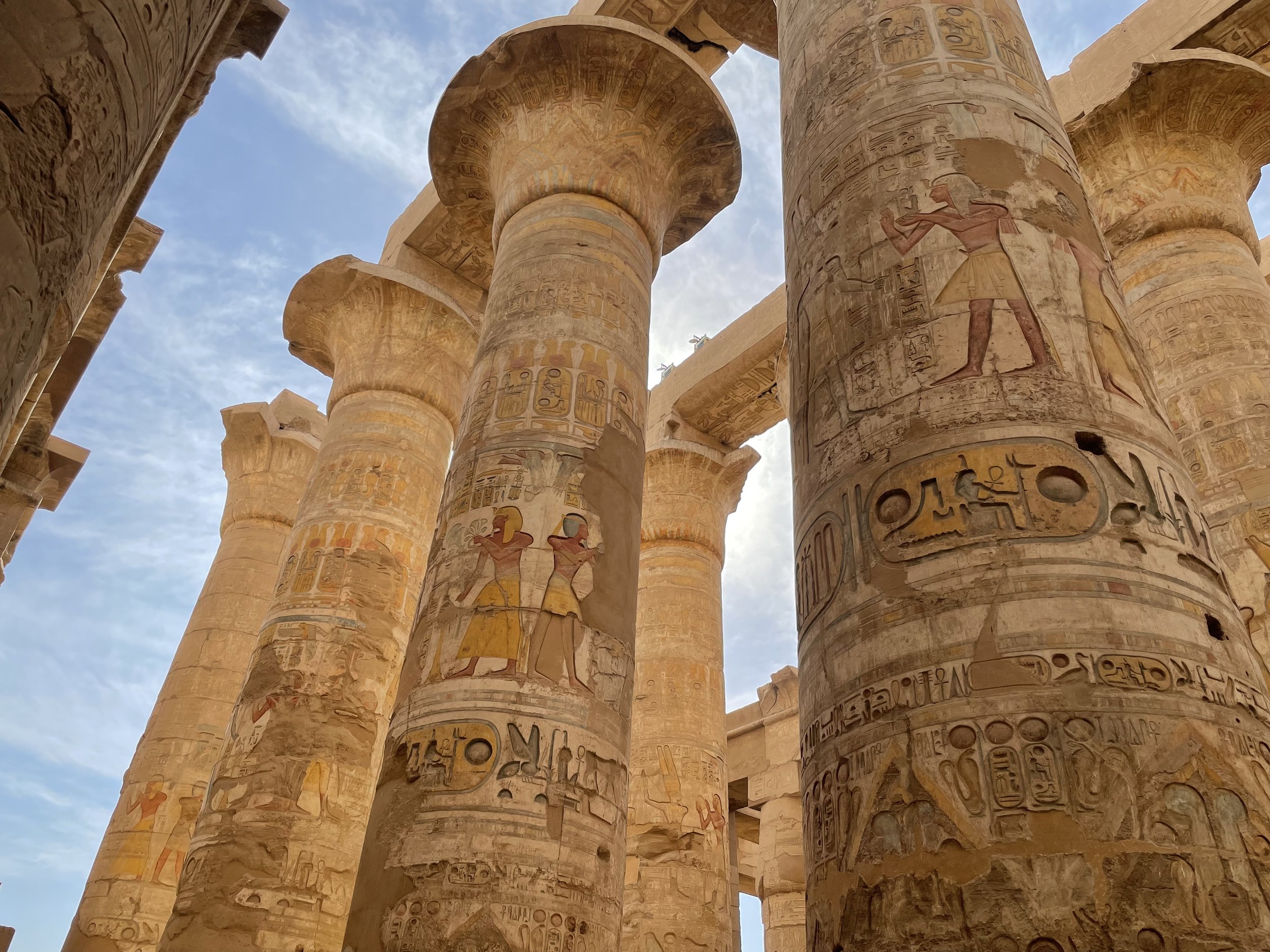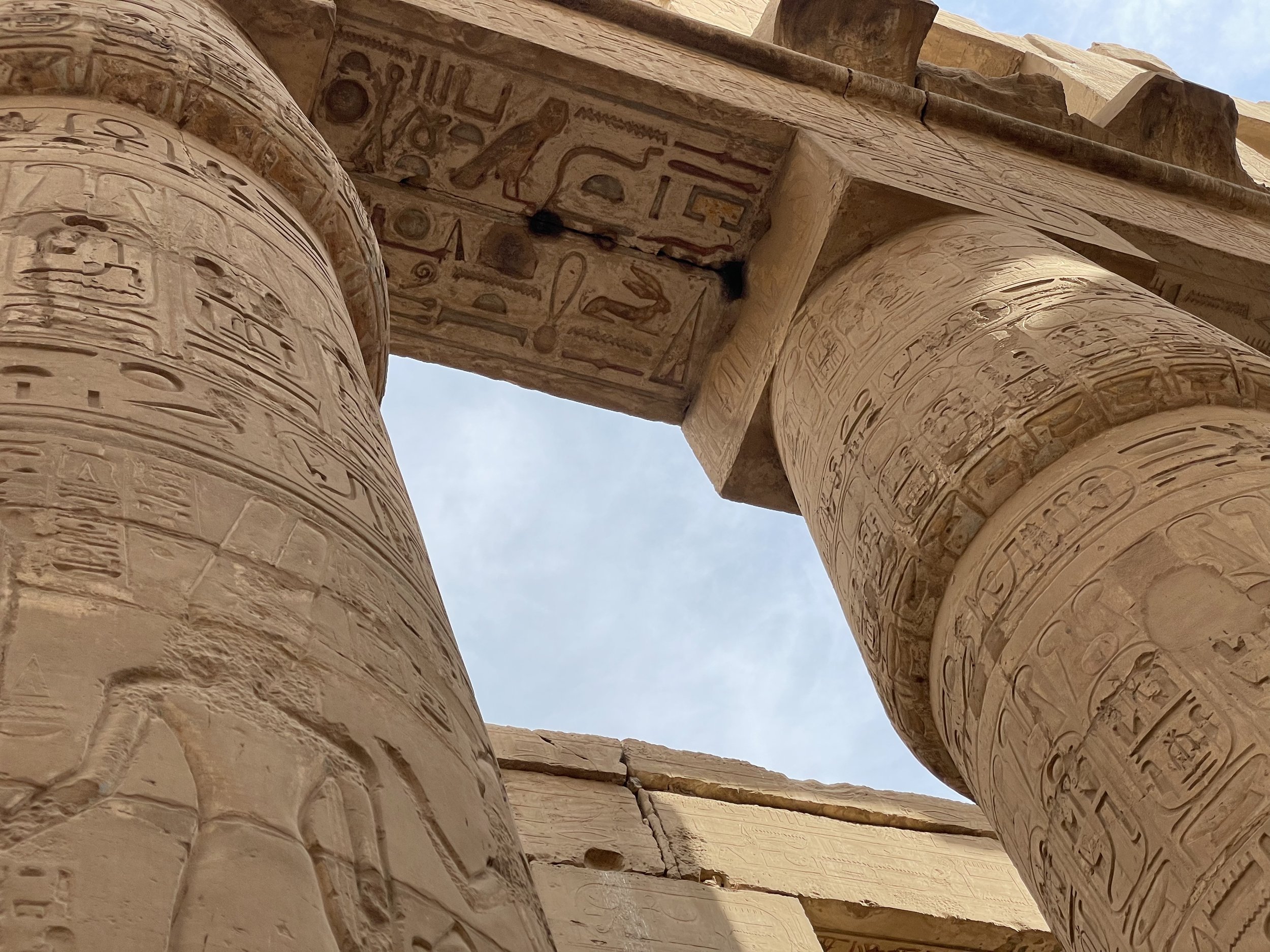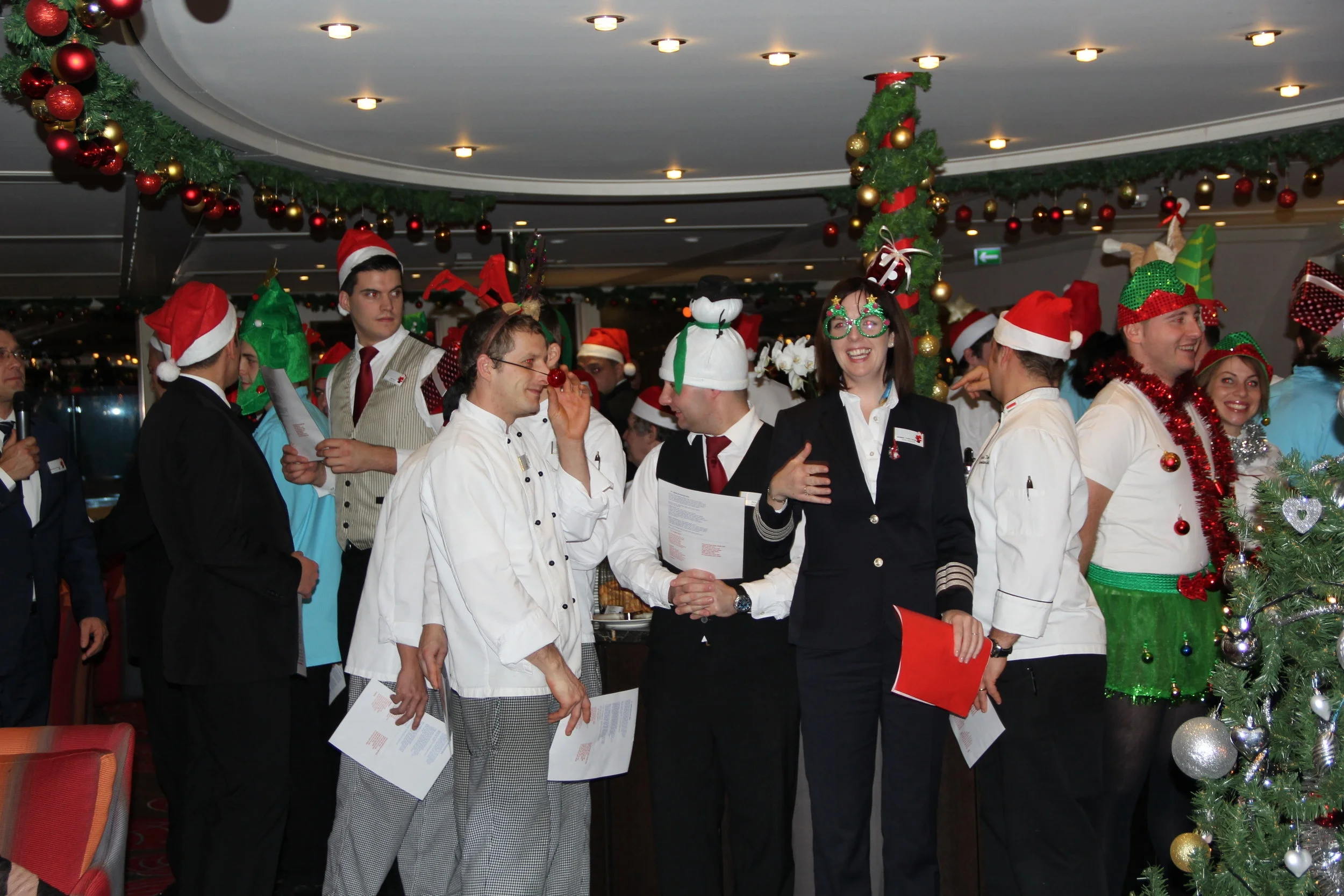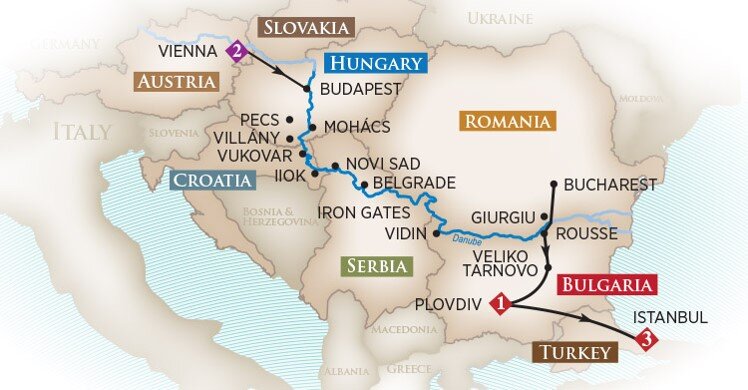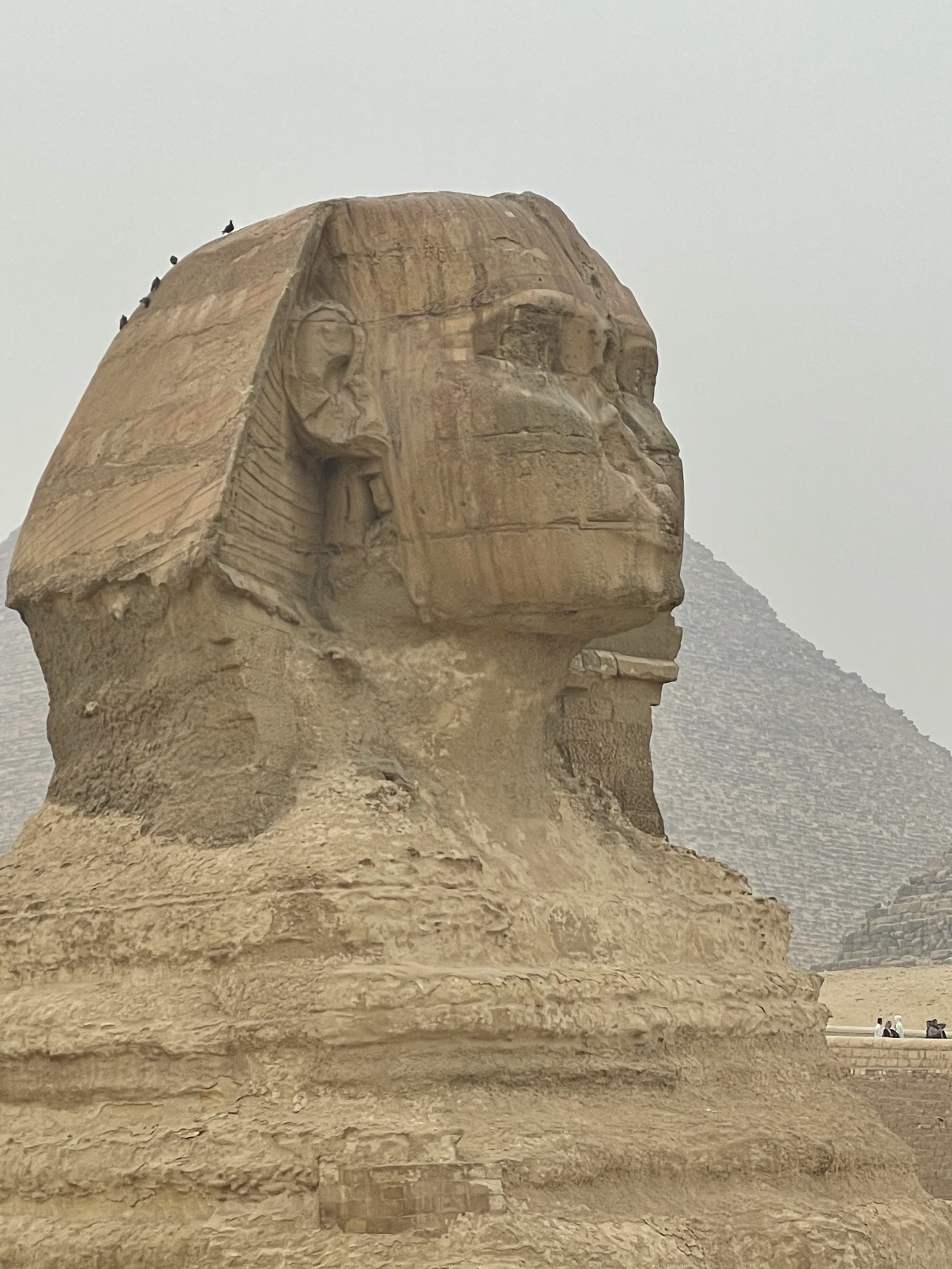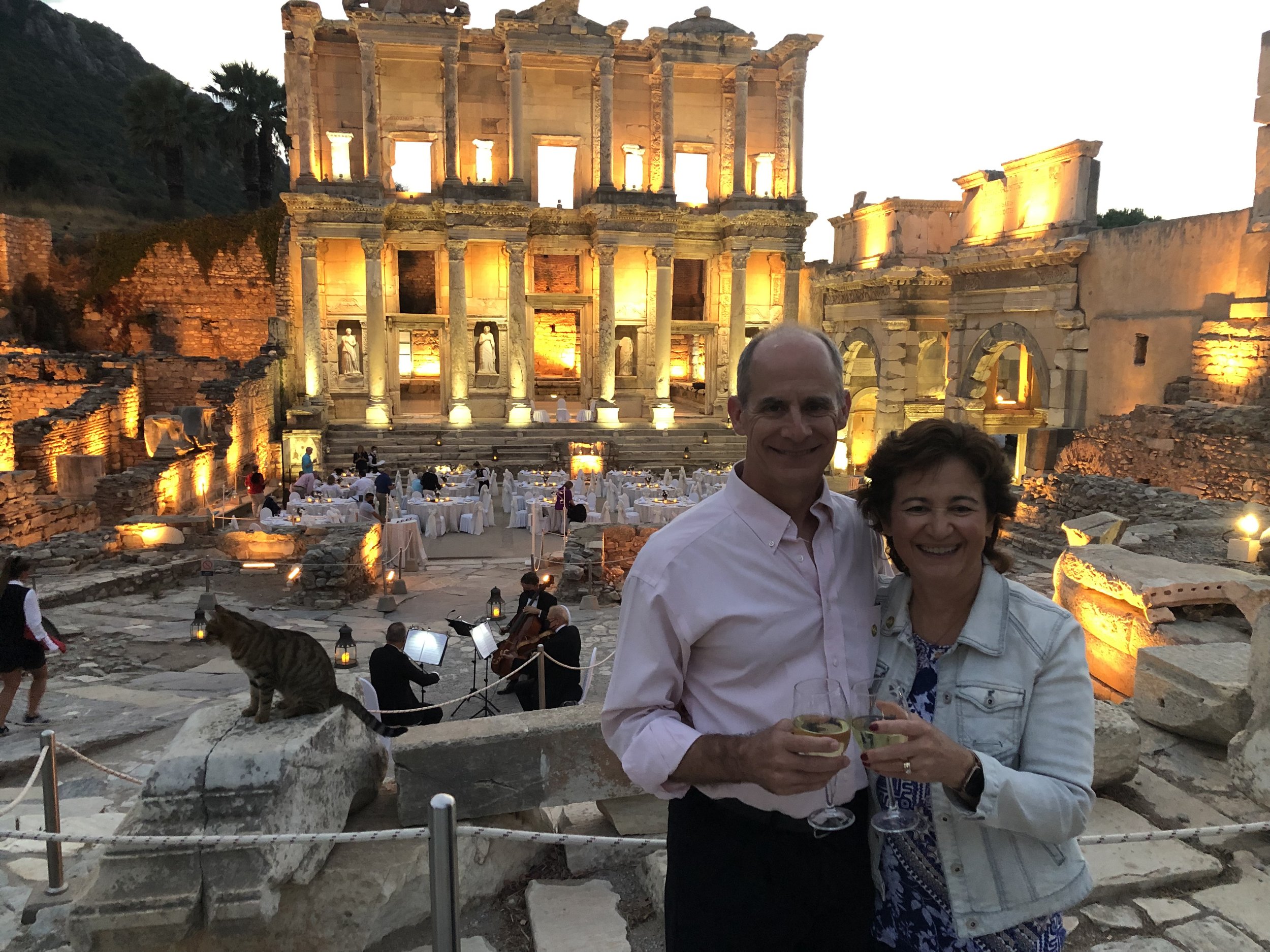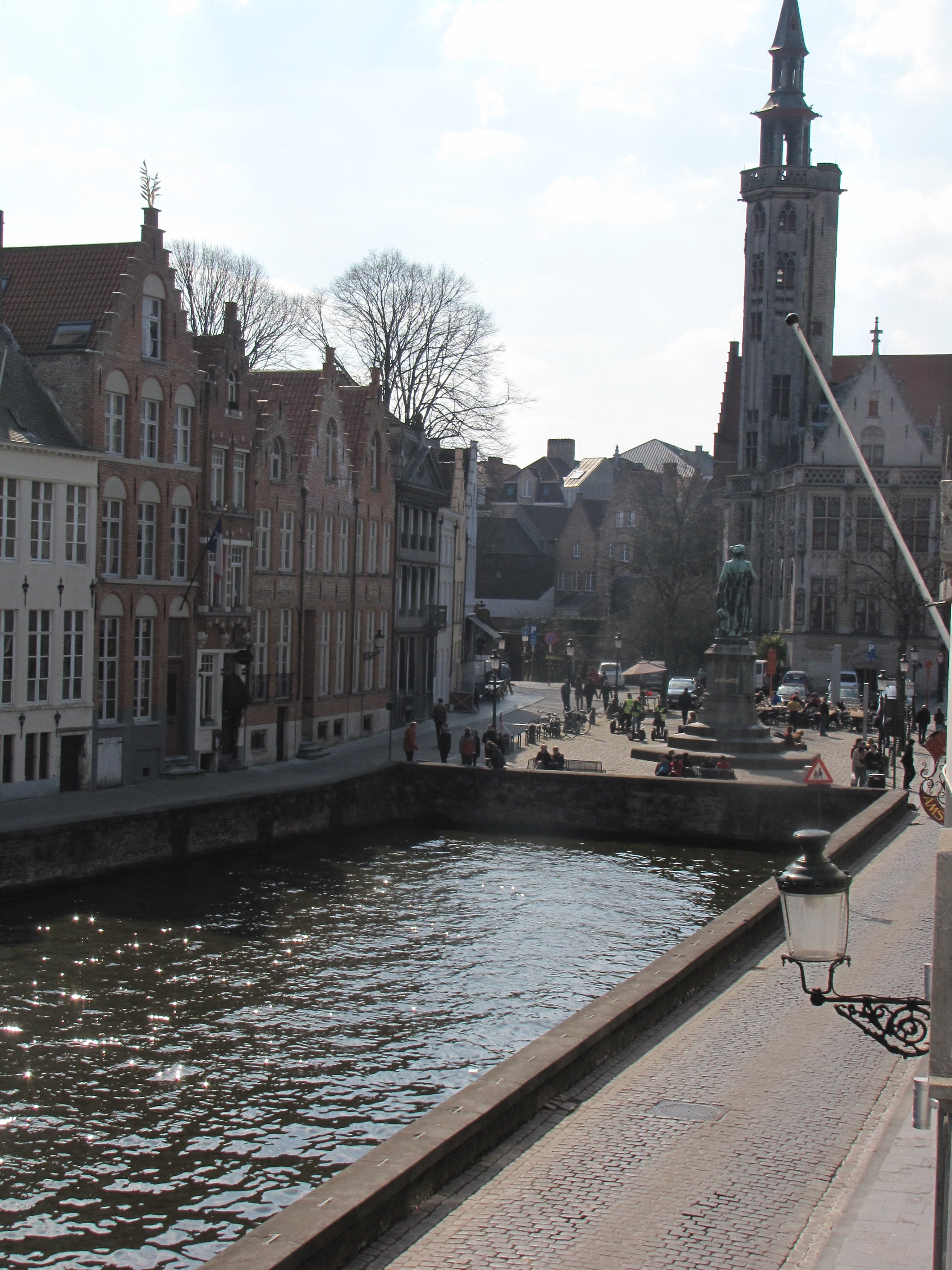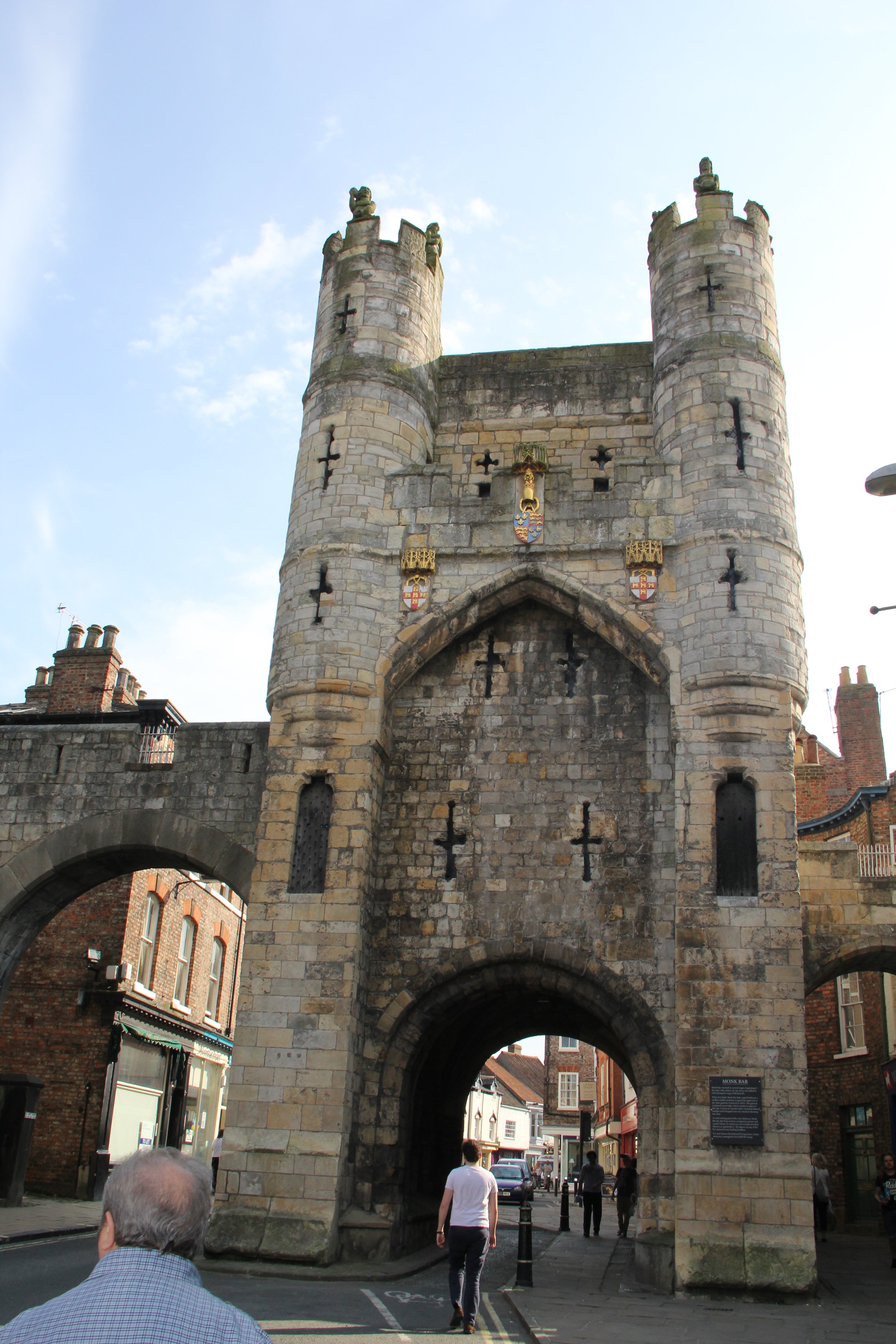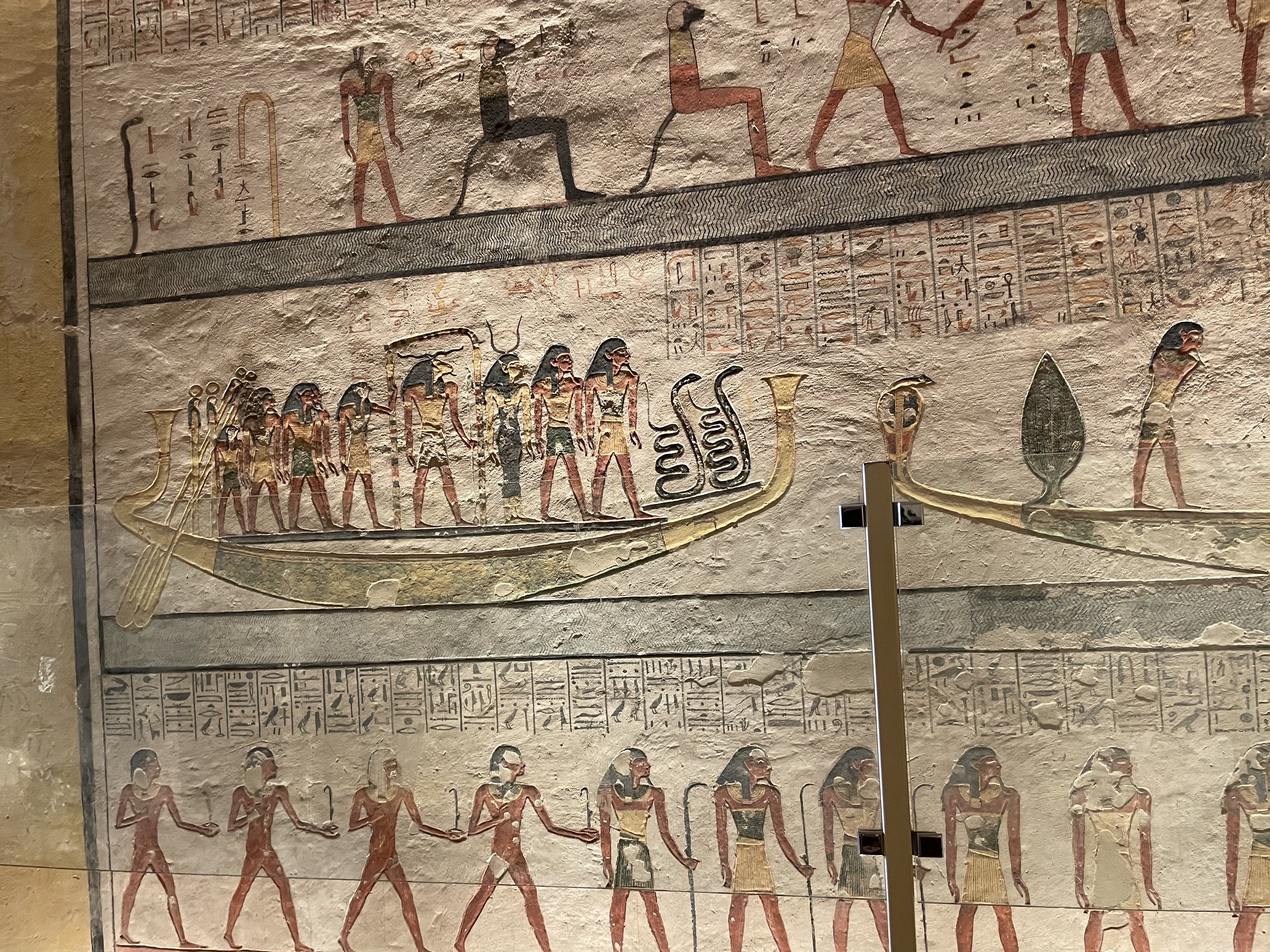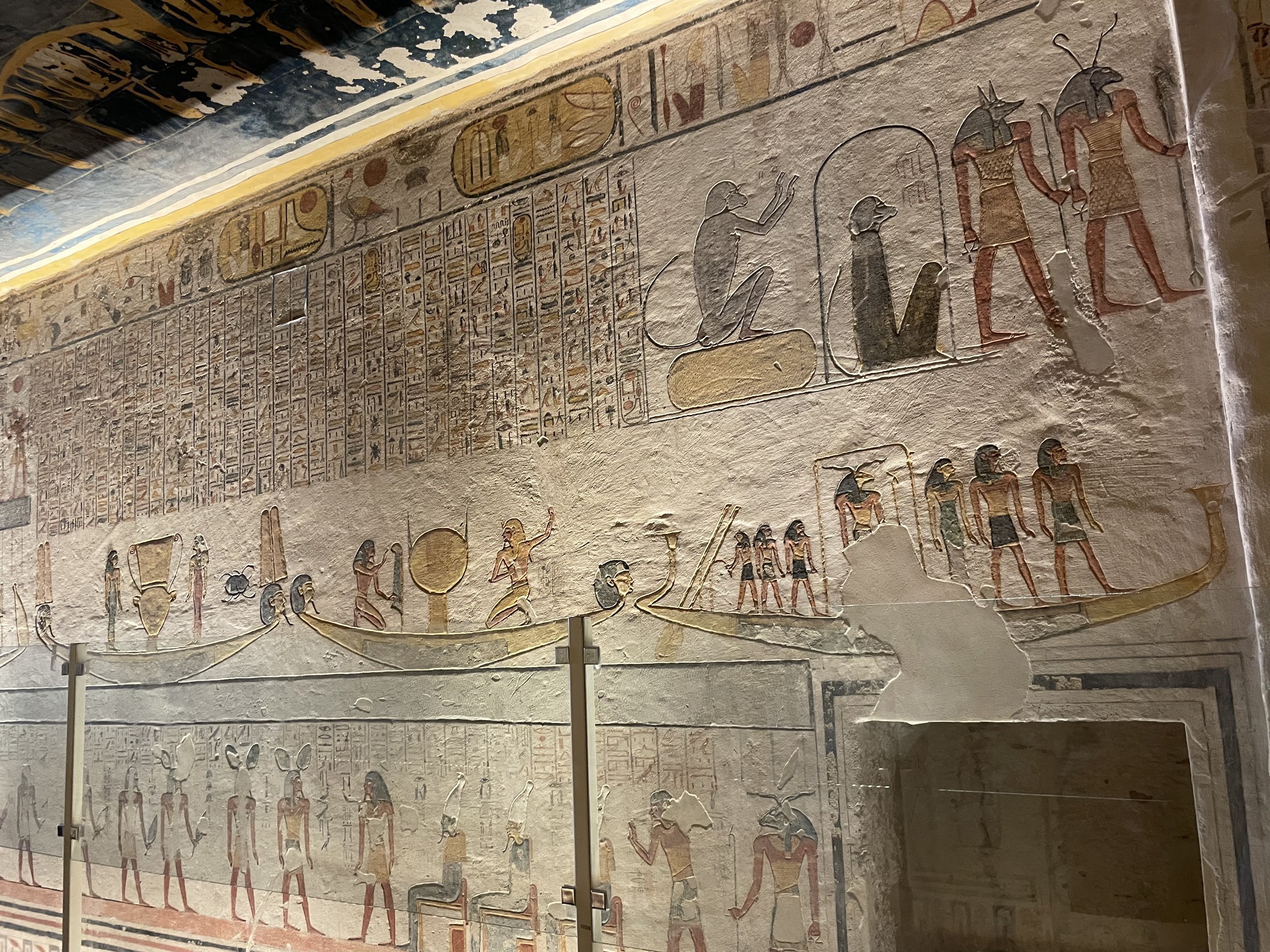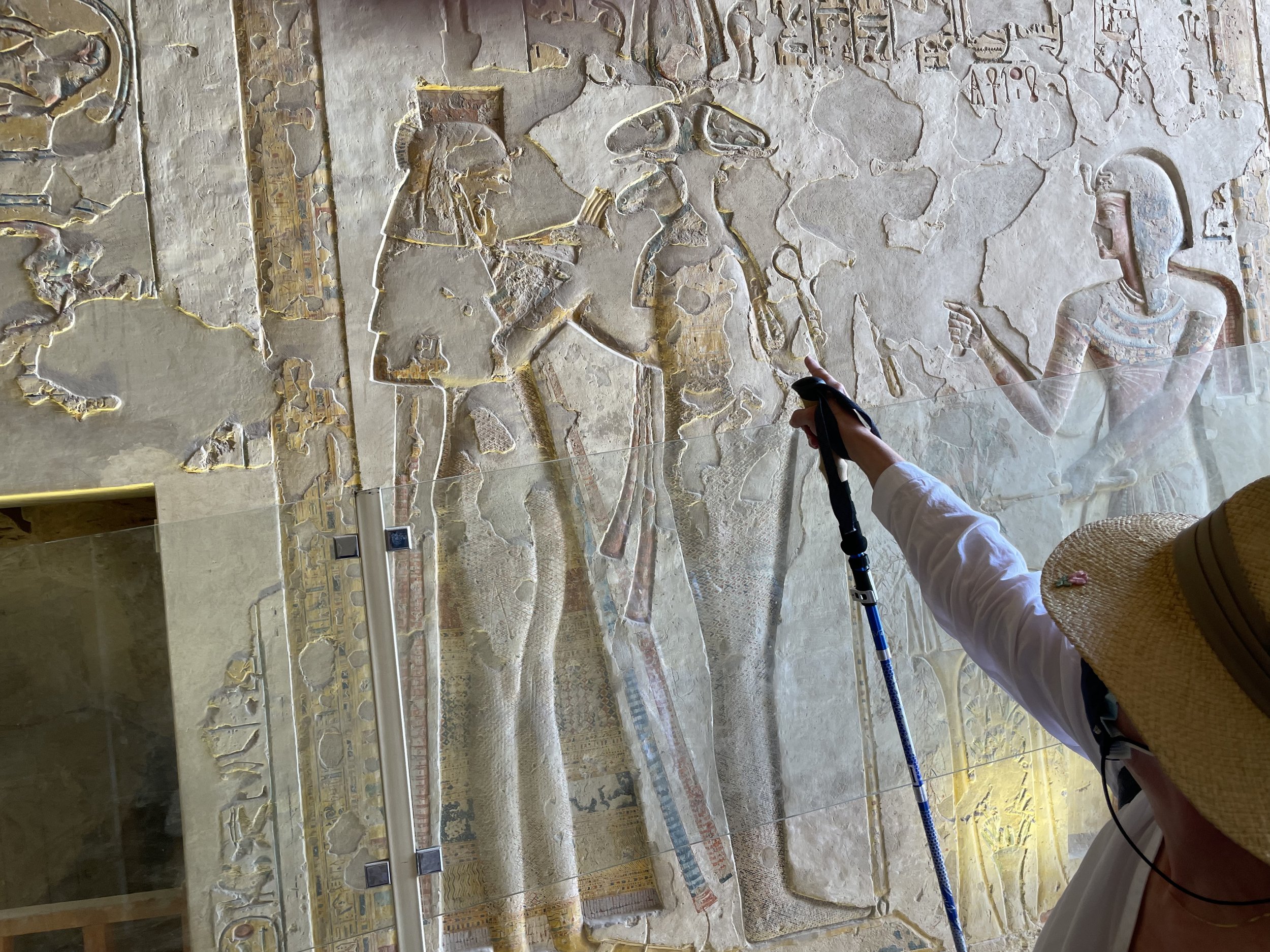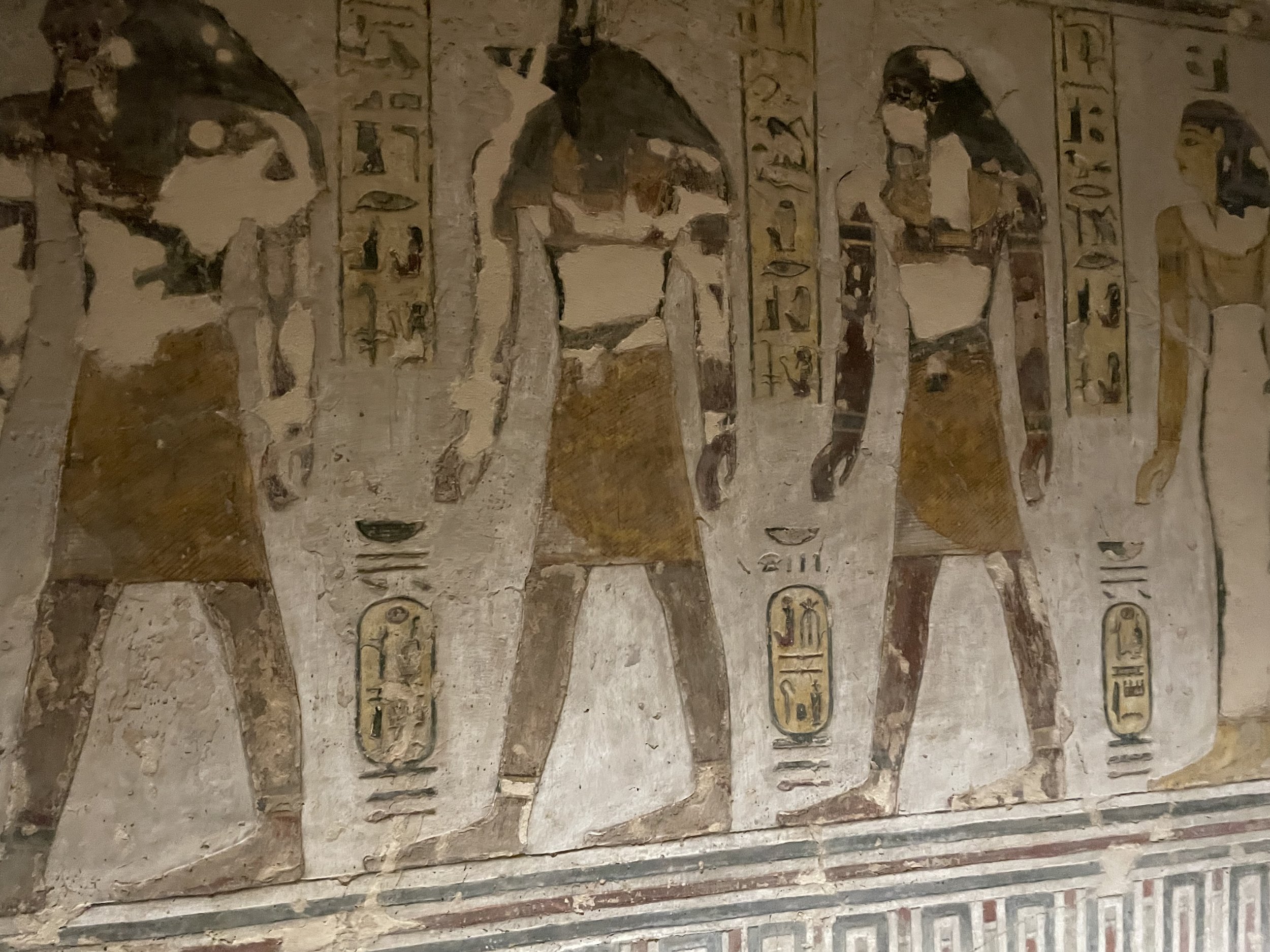Castles of the Moselle
Hank Schrader, USMA '71, Europe Destination & Europe River Cruise Expert
Anne Schrader, Certified Travel Counselor & Certified Luxury Cruise Specialist
Castles always seem to be fascinating places—a defensive structure that has grown into a luxury living space from its stark beginnings or as Anne would say “a bunch of stones—some are not very interesting.”
I tend to agree with her, so while I may briefly mention some of the castle ruins and their interesting history, I will concentrate on the best castles you can visit and see the interiors. or relax in a café built on the grounds. The ruins sometimes are spooky and if appropriate, I will include their stories.
The steep hills of the Moselle allows many of these castle complexes to be classified as spur castles. Instead of a more traditional hill or mountain site built on a ridge which means it can be attacked in two directions, a spur castle hills are so steep, it usually means it is only vulnerable from one direction.
Many of these castles were destroyed by war, especially by the French in 1698, but some have been restored and they have some interesting tales about their history and present day uses.
So, let’s explore together and learn about 11 castles on the Moselle.
Thurant Castle
A section of the map of the Mosel we bought back in 1989 on our first visit to this area. The map direction of travel is from Koblenz to Trier. Thurant castle is on the right bank of the river at the 25 km mark.
Only 25 km south of Koblenz, the twin towers of Thurant castle are visible from the Moselle. The castle was built during the years of 1198 to 1206 on spur of shale above the village of Alken.
It didn’t take long for this castle to see war—it was besieged in 1246-1248 during a war between the archbishops of Trier and Cologne. The result of the war was to divide the castle into two parts and each tower became a possession of the two waring archbishops.
Both the Trier Tower and the Cologne Tower had separate entrances and living areas. The castle was destroyed in 1689 by the French.
By the 1800s the castle was abandoned and left to decay. In 1911 it was bought and partially restored. Today it is open to the public during Spring to Fall and is a popular visitor site. It is easily seen from the Moselle and recognizable due to the twin towers.
Ehrenburg
This section of the map shows the location of Ehrenburg on the right hand side of the Moselle at about the 27 km part of the river..
The castle was built in 1296, overlooking the village of Brodenbach. Like all castles in the region it was involved in disputes between nobility rulers and wars. French soldiers under the command of Louis XIV (the Sun King) seized the Ehrenburg Castle during the War of the Palatine Succession and blew up much of the castle in 1689. Only the chapel remained intact.
This castle has become a place similar to a Renaissance Fair. There are many demonstrations about medieval life, classes and re-enactors. There is also a restaurant and a small 5-room hotel which provides a chance to sleep in a castle.
Ruins of Bischofstein Castle
This section of the map shows both Burg Bischofstein at the 30 km mark and Burg Eltz at the 35 km mark.
There is a lot of history of this castle, built on a spur 230 meters above the village of Broenbach. Early folk tales say it originally was a palace for Bishop Nicetius (527-566) but the current castle was most likely built around 1270 to 1273.
The French destroyed Burg Bischofstein in 1689. The present-day structure dates from 1938. It was first restored by a businessman who wanted to rebuild it as a summer home in 1930.
Today the castle is designated as a protected historical site, not for for being an 800-year-old castle but an example of the architectural style of the 1930s.
Today schools around Germany visit the former castle and it is also used by vacationing groups.
Berg Eltz
This is the best castle near the Moselle, but you cannot see it during a river cruise from the water of the Moselle. The castle is built on a 70 meter spur surrounded by the Elzbach River (a tributary of the Moselle).
Berg Eltz is a beautifully preserved castle, with towers, half-timbered walls, and it is seemingly in the middle of nowhere—Anne and I hiked in 3 miles from the Mosel River town of Moselkern in early March one year to visit. The family who owns this castle still lives here and has done so for 850 years in their ancestral home.
The entrance to Burg Eltz which clearly shows that it is a spur castle.
There are 2 places to visit here—the Treasury (pictures allowed) with a great display of precious items and tour of select rooms (no pictures) which takes about an hour or less. 3 families owned this castle, and each has built separate wings.
A display in the Treasury.
The tour includes an entrance way decorated with weapons, various gathering rooms, bedrooms, and the kitchen—all very authentic and used by the families for over 33 generations.
Perhaps the most famous room of the castle, is the Knight’s room, where the 3 different families met to celebrate and work our any conflicts that might arise. It is famous for the wall decorations, which served as a reminder to the 3 families about cooperation—a jester mask (representing freedom of speech) and a large rose (representing a code of silence—items discussed in the room need to stay there
The famous Knight’s room. This is a scan from a postcard we bought during our visit to Burg Eltz.
Two Twin Castles
The twin castles are at the 40 km mark above the village of Treis.
Wildburg Castle and Treis Castle were built with 150 meters of each other and their history is intertwined together, Although they are private residences now, they are scenic sites visible from the Moselle. Here is their story":
Treis Castle
The exact date of construction of this castle is unknown but many think it was during the second half of the 11th century.
Like so many castle in this area the French destroyed the castle in 1698.
Today the castle is recognizable by its restored square tower. It is privately owned and not open to the public.
Wildburg
Wild Castle is a private residence and cannot be visited. It was built sometime in the 14th century, perhaps to protect the southern side of castle Treis.
Like its close neighbor Treis Castle, it also was destroyed in 1698 by the French.
It was rebuilt in the 1950s and made livable to its private owners.
Cochem Castle
Cochem, Germany, on the Mosel River, is a former walled city. It has a population of about 5,800 and is a traditional old German town. The town has many fine buildings, quaint cottages, guild houses, and winding cobblestone streets. The town square, lined with half-timbered houses, is a wonderful, scenic area of this small town.
In Cochem, if you go on an AmaWaterways cruise, you will enjoy a guided tour of Cochem that takes you to the spectacular hilltop Reichsburg Castle (also known as Cochem Castle but the correct name is Schloss Reichsburg). It has fantastic views of the river valley below. Touring inside the castle is great!
Standing on a hill 300 feet above the town of Cochem, this elaborately restored castle (it was destroyed by the French in 1689) is a fun and interesting visit. Many river cruise companies visit this castle.
The original castle, whose first purpose like many others on the rivers of Germany was to collect tolls, was rebuilt from 1868 to 1890. While not authentic, it is still cool—great vistas, interesting rooms, perhaps most importantly, at first glance, it is an impressive structure and I enjoyed visiting it.
My favorite rooms were the Dining Hall, the Knight’s Room, and the Trophy Room.
Reichsburg is a spooky place, but doesn’t look spooky.
What makes it spooky, is the witches Tower, the oldest part of the original castle. In medieval times it was used a witchcraft trail place. The horrible way these trials were conducted was to throw the lady on trail out of a window. If they died, they were given a Christian burial, because they were not a witch.
Metternich Castle Ruins
At the 61 km mark above the village of Beilstein is Burg Metternich
Sailing past Beilstein, Anne took these picture in 2009.
The village of Beilstein
This castle was built around 1268 and destroyed by the French army in 1689. The castle changed owners several times before being acquired by the Metternich family in 1637 and the name remains to this day. The castle has never been completely rebuilt.
Today it is a hotel and restaurant and beer garden. While not much remain in these ruins except the outside walls, you can climb the old castle keep which is now just used as an observation tower.
Arras Castle
Arras Castle is about at the 83 km mark on the left bank of the Moselle.
Just above the town of Alf (it has nothing to do with the cartoon character), Arras Castle, is more than 1000 years old and built on the former site of one of the 19 ancient Roman forts. The castle has seen its share of conflicts between waring nobility and the bishops but like other castles in this region was almost completely destroyed by the French in 1698 but the keep tower was not destroyed.
In 1907 restoration efforts began. By 1984, the property was developed into a hotel, tourist attraction and restaurant,
It is popular because of the physical structures including fortress walls, a climbable belfry, and the idyllic courtyard. Inside the castle you can visit the Hall of Knights with weapons and armor, the underground Dungeon with a Medieval torture chamber and a museum.
Gravenburg Castle
At about the 107 km mark, the scant remains of Gravenburg Castle are on the right bank of the Moselle.
Only parts of the western walls remain of this castle that was built in 1350—there is perhaps the least amount of ruins that remain of these 11 castles in this blog. As with many of the castles of this region in 1680 the French took control of the castle which began 4 sieges of the castle. After the last siege in 1734 the castle was blown up and destroyed.
Today the ruins serve as a good spot for a tavern with some pretty gardens where you can have great views of the Moselle River. Even small bits of a castle can conjure up images of the past, and Germans are great at taking a ruin and making it into a park and tavern spot.
Landshut Castle
These castle ruins are more than just a pile of rocks. At the 130 km mark. above the village of Bernkastel, the castle is quite prominent. The history of this site dates to Roman times and was part of the defensive concept of 19 military mountain top fortifications to protect Trier. Recently, several artifacts from the Roman period have been found on this castle site.
The current structure was built by Heinrich von Finstingen around 1276. The castle was destroyed by a fire in 1692, but the damage was not so severe that these ruins can still be explored—you can still climb the castle tower.
This is a popular site to visit on the Moselle River above Bernkastel. In the courtyard area there is a restaurant and café. There are good views of the Moselle and various paths for hiking around the Hunsruck mountain range area,
Our Final Thoughts
The violent history and constant struggle for power in the Moselle River Castles is evident in these castles, as most were destroyed in wars—the French and German forces were struggling for control of the region.
We hope you enjoyed this report. Perhaps now you have a good guide to explore this wonderful area—many think the Moselle, with its quaint villages, castles , vineyards and steep hills is the most scenic river in Germany. We agree!
We are travel experts, ocean and river cruise specialists, and Europe destination experts. We have first-hand knowledge of almost anywhere you want to visit in Europe. We know our products and the vendors who sell them to you. We have designed special tours for dozens of clients, led several and will continue to find just the right vacation that will exceed your expectations.
When you are spending your hard-earned money for a vacation, you want an advisor who can match you with the right trip. You want someone who will understand your expectations and fuel your anticipation (or excitement) to get you the best possible trip experience. And, you want someone who can help you with the decision making process. We think we have all these qualities.
Whatever your Dream Destinations are, we are here to help you get the best possible vacation based on what is important to you! We will provide you high quality, expertly planned travel. Please give me a call 713-397-0188 (Hank) or email me at hschrader@dreamdestinations.com. We want to help you: Savor life…make memories…Visit Dream Destinations! Your journey begins here!
ANNE has earned a degree from the University of Houston in Hotel and Restaurant Management. Serving as the President of Visit Dream Destinations, LLC, since 2016, she is uniquely experienced professional travel advisor with over 26 years’ experience in the travel industry. Among her numerous certifications, she is a Certified Travel Counselor (CTC) by the Travel Institute, considered the gold standard in travel agent certification and she is also an Accredited Cruise Counselor (ACC) by the Cruise Lines International Association (CLIA), as well Luxury Cruise Specialist also from CLIA. Having traveled often to Europe since 1989, she has expanded on her certification as a Destination Specialist in Western Europe (DS) with extensive first-hand experience in luxury vacations. She holds numerous other specialty designations from individual vendors. An expert photographer, she delights in capturing the true essence of destinations to share with all.
HANK is a certified Western European Destination Specialist (DS) who has been traveling to Europe for 50 years. He is also an Accredited Cruise Counselor (ACC), conferred by the Cruise Line International Association (CLIA). This recognized expert in cruise and leisure travel is a retired Army Officer, and taught World Geography for 8 years. He is a `71 graduate of West Point and has earned 2 master’s degrees. His other Certifications:
AmaWaterways River Cruise Specialist
Viking River Cruise Specialist
Scenic River Cruise Specialist
Emerald Waterways Specialist
Avalon Waterways Specialist
Brit Agent








































